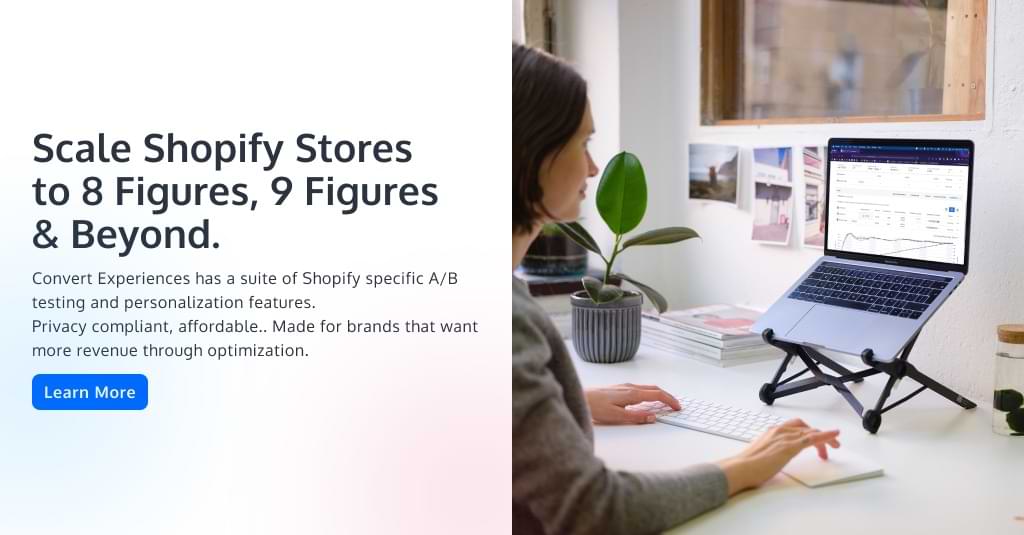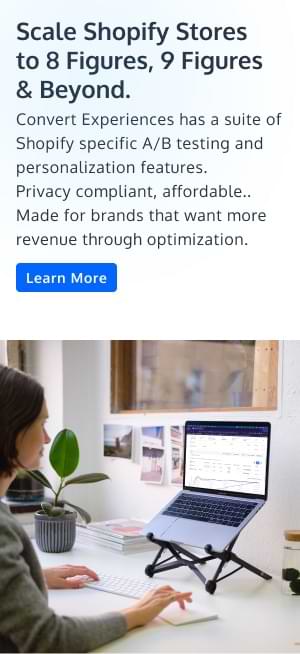The CRO advantage of going “slow” with your data
In a world obsessed with AI, we need to embrace manual data reviews more than ever
I’m slightly embarrassed to admit it: I still do a lot of manual data processing.
I’m imagining many of you gasping, or maybe even dropping your cups of coffee. I don’t blame you. In a world where every other article on reporting is about automation, it feels like I must be missing a trick. Then Anna Tankel, a fellow growth consultant, shared on LinkedIn that she does the same.
Her post made me realize two things:
- I’m not alone (hurrah!)
- We need to talk more openly about the benefits of manual data processing
Because while I do use AI and tools to automate in some cases, there are still situations where manual work makes more sense, and that’s exactly why I’ve stuck with it. By the end of this article, I hope you’ll choose the slow road of manual data processing.
Where manual wins
A little context about me (which you’ll know if we’ve ever met me even briefly IRL): I’m very ADHD. I talk on 2x, listen to audiobooks on 2x, and work out daily just to keep my hyperness in check. The dog takes me out for walks to use up my energy. My challenge isn’t speeding up, it’s slowing down. If I don’t, I make mistakes.
That’s where manual reporting helps. If I relied only on automated dashboards, I’d skim the data, share findings, and move on too quickly. Manual reporting forces me to slow down and really think.
Recently, I spent nearly 100 hours on a growth audit for an 8-figure DTC brand. Fixed rate project. Could I have done it in 50–60 hours with more automation? Probably. But this audit shaped their entire growth strategy. I wanted to double-check everything, understand platform nuances, and deliver the best actionable advice. If I’d automated it all, I would have missed critical context.
Now you might not be conducting a growth audit, but think about how you analyse your experiments? By diving into the data, you start to understand patterns, how various metrics impact each other and relate. This helps you better define hypotheses and also set clear guardrail metrics.
Slowing down and understanding (or having ADHD) are not the only reasons for manual analysis. There are other cases where manual still wins:
1. Early-stage startups
You’re still figuring out which metrics matter, your setup is evolving, and resources are tight. Instead of over-investing in tooling, slow down. Manual reporting helps clarify priorities.
2. Starting your CRO career
If you’re new, pull the data yourself. It helps you understand how everything fits together and builds intuition for how numbers shift over time. Dashboards are great, but they shouldn’t replace your learning curve.
3. Deep dives
When we get automation-obsessed, we try to pack dashboards with every metric imaginable, making them overwhelming and less valuable. Automate the high-level weekly figures, but when something looks off, investigate manually.
Example: an agency once reported CACs that seemed too good to be true. Digging into the raw data, I realized too much budget was going toward returning customers, not new ones. That wasn’t incremental growth. By shifting strategy toward new customer acquisition on Meta, we drove much better results.
Where automation wins
Of course, there are plenty of scenarios where automation is the clear winner:
1. Stakeholder reporting
For regular updates, build dashboards. They save you time and build transparency and trust in the data over time.
2. Larger or complex organizations
Automation reduces both the time spent on reporting and the risk of human error.
3. Avoiding bias
Automated dashboards provide a solid “single source of truth” and help prevent cherry-picking insights. They’re also a great way to double-check manual analysis.
4. When speed matters
Sometimes, quick decision-making trumps deep reflection. In these cases, automation frees you up to focus on strategy, not spreadsheets.
It shouldn’t be either/or
Rather than getting into an endless debate or hating on manual reporting, let’s appreciate the role both play. Yes, we can implement manual reporting and automated reporting—mindblown.
| Manual Reporting | Automated Reporting |
||||||||||
|---|---|---|---|---|---|---|---|---|---|---|---|
| Slower, but forces deeper thinking and reflection | Fast, efficient, saves time when you’ve scaled | ||||||||||
| Helps build data intuition (especially for early-career CROs) | Reduces human error and ensures consistency | ||||||||||
| Best for early-stage startups (still figuring out key metrics) | Best for large/complex orgs needing frequent, reliable updates | ||||||||||
| Useful for deep dives and outlier detection | Great for transparency with stakeholders and ongoing reporting | ||||||||||
| Risk: more time-consuming, potential for bias or human errors | Risk: can make teams more passive, numbers get read but not truly questioned |
Start with manual reporting, and over time, automate the processes that make sense, reserving manual work for in-depth analysis or moments of reflection.
Don’t think of manual reporting as old-school; it adds real value by helping you slow down, think critically, and truly understand your data. As experts, we often rush through numbers instead of taking the time to review them thoroughly, and that’s where insight lives.
Written By
Daphne Tideman
Edited By
Carmen Apostu


